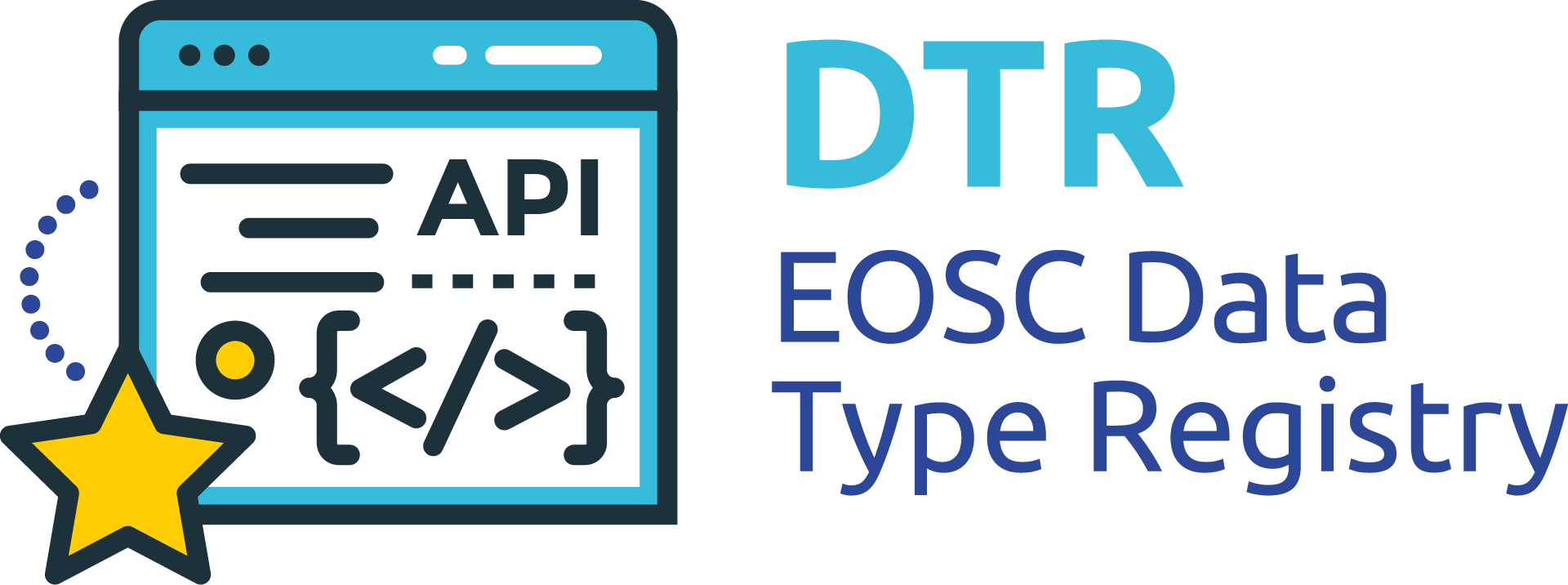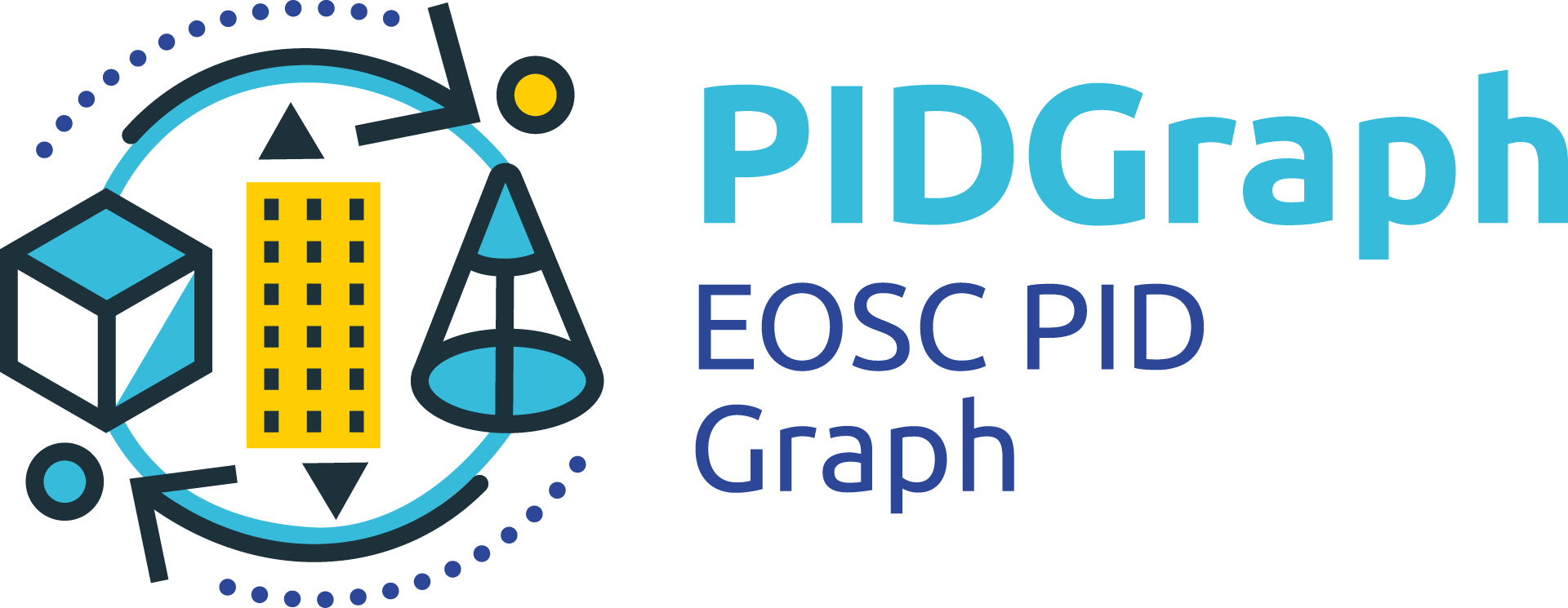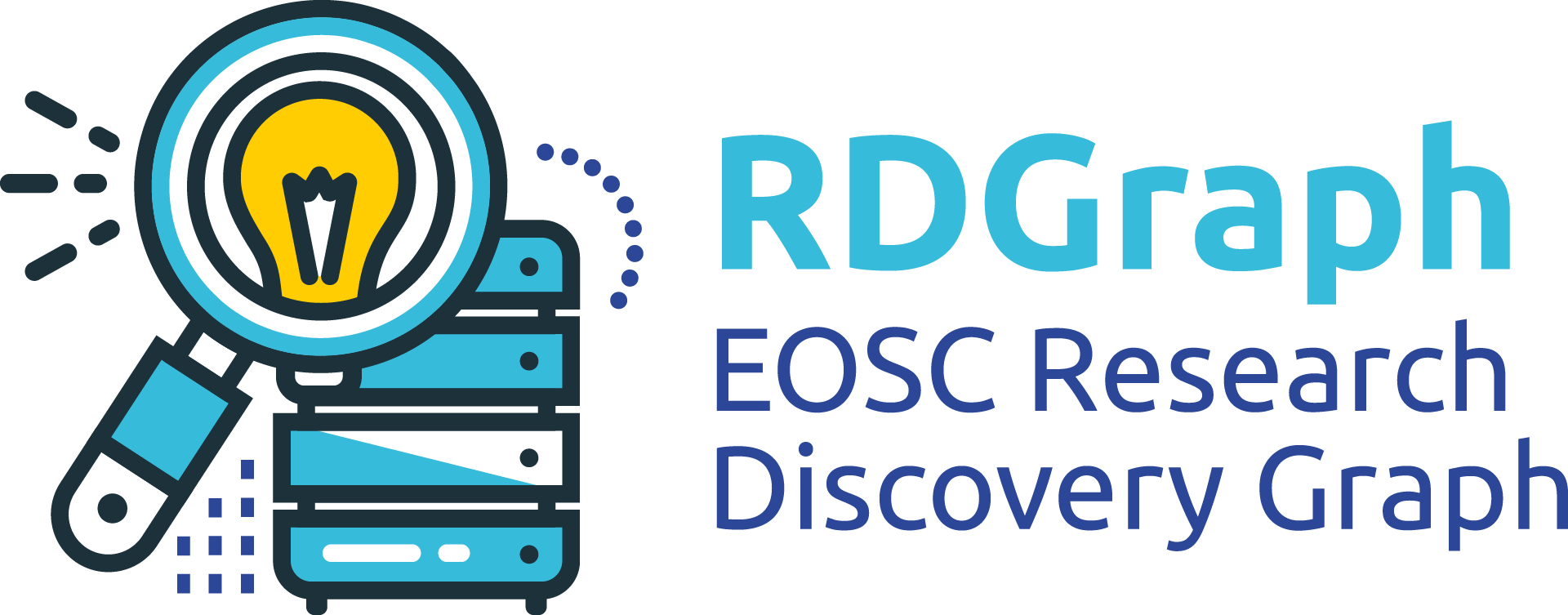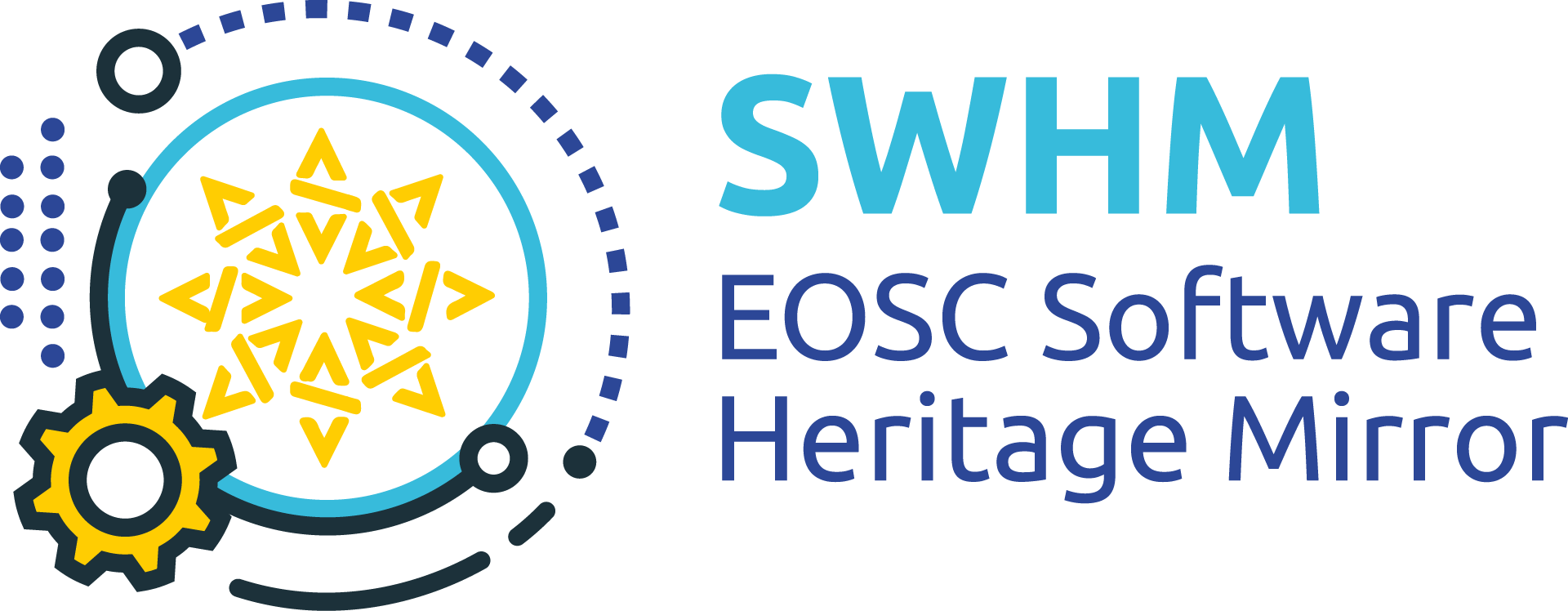Problem
National aggregations of research information typically draw on data from research organisations in that country, and as such typically only contain work carried out by national actors, which is collected from institutional research information systems.
Case study description
This case study showcases enrichment of both the national research graphs and the EOSC RDGraph by facilitating their interoperability using the new FAIRCORE4EOSC components. This case study will upgrade the CERIF (Common European Research Information Format) metadata schema, to enable the mapping of the OpenAIRE, the Finnish Research.fi, the Dutch Open Knowledge Base and the Greek Helix schemas to CERIF, by using the MSCR and possibly supplemented by the DTR. By utilising the (meta-)data interoperability service, exchange of information between two services can be facilitated. The resulting national research graphs can be used to highlight, for example, EOSC-related contributions or international collaborations within a particular national context. The new EOSC RAiD service enhances the capacity for creating durable links between research entities, by registering PIDs for research entities and bundling project related PIDs in the RAiD record, which is harvestable and can be ingested by the RDGraph.
Expected impact
For both the EOSC RDGraph and OpenAIRE, the national research information systems form a valuable data source for information on the research entities themselves as well as the relationships between entities. Viceversa, national systems may be able to gain information on new connections between research objects from the EOSC RD- and PID Graphs. Provided that contributions to research software artifacts with national affiliations can be identified, e.g. by utilisation of the enriched connection data from the EOSC RDGraph, the national solutions currently lacking information on research software may include this new research entity type. Moreover, this case study provides a framework for enhancing national level research assessment, monitoring, etc., while also enriching the EOSC RDGraph. The solution developed by this case study will serve as a template for integration of further national research information systems with the EOSC-Core.

Adopted components






